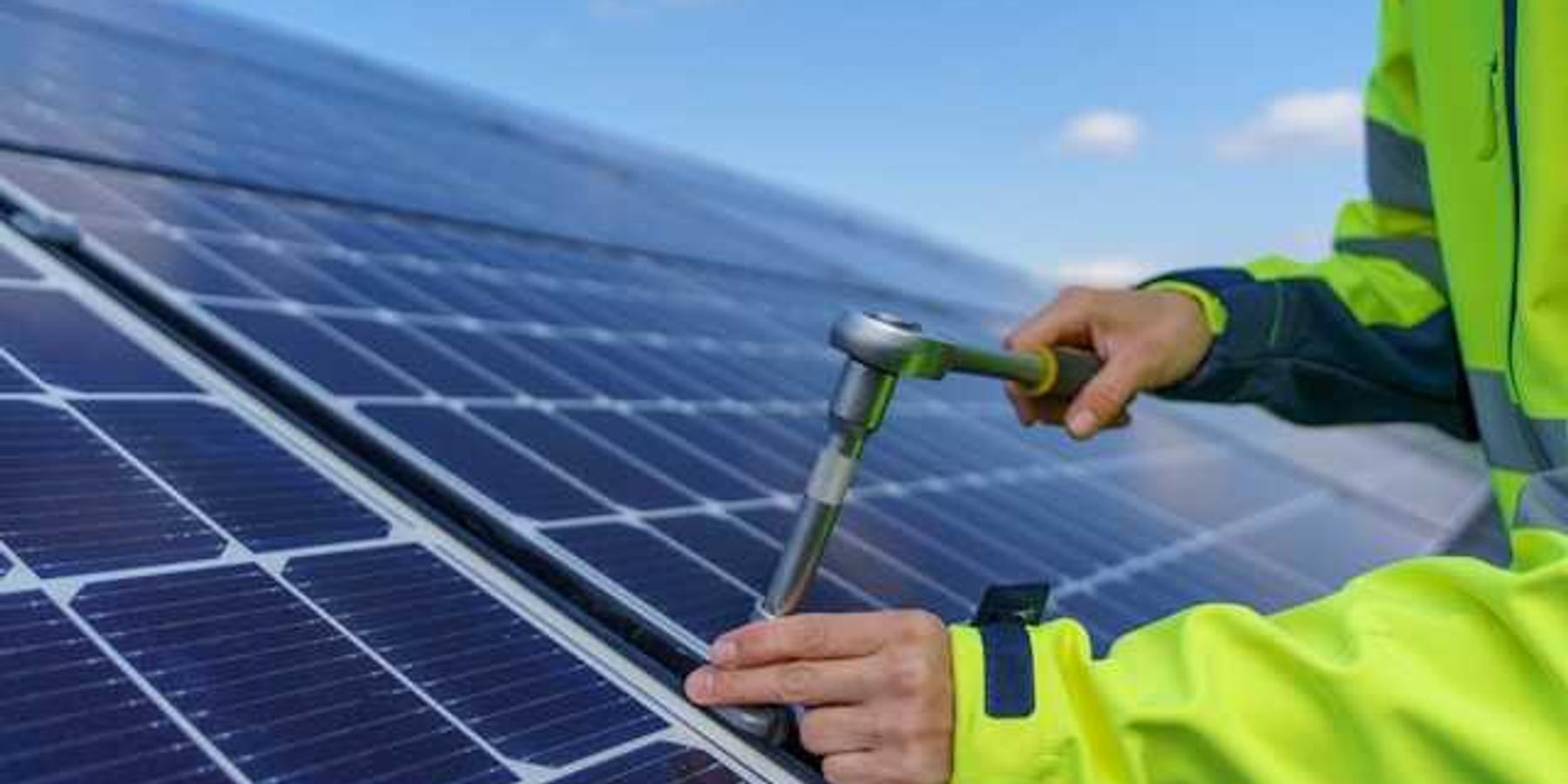melting glaciers
Scientists document the global disappearance of glaciers
The melting of glaciers worldwide is accelerating, with many already gone, prompting scientists to create an inventory of these lost ice masses.
In short:
- Thousands of glaciers have vanished globally, with losses in regions including Venezuela, New Zealand and Switzerland.
- Scientists are now tracking these extinct glaciers, creating inventories to map the extent of the losses.
- Smaller glaciers may be beyond saving, even with drastic climate action, though larger glaciers might still have a chance.
Key quote:
“The end happened so fast.”
— Mauri Pelto, glaciologist at Nichols College
Why this matters:
Glacial loss signals the rapid advance of climate change, threatening water sources and ecosystems. The irreversible disappearance of smaller glaciers highlights the urgency of global climate action.
Read more: People are flocking to see melting glaciers before they're gone—bringing both benefit and harm
Glaciers in the Andes are shrinking to record lows
Tropical glaciers in the Andes are smaller than they have been in more than 11,000 years, raising concerns about water supply and climate change impacts in the region.
In short:
- Research on glaciers in the Andes shows they are now smaller than at any time in the last 11,700 years, according to a new study.
- Scientists studied beryllium-10 and carbon-14 in bedrock, revealing that these glaciers are shrinking faster than expected and are now at unprecedented lows.
- The shrinking glaciers threaten water supplies for millions in South America and act as indicators of climate change.
Key quote:
“It’s a sad milestone to hit for these glaciers.”
— Emilio Mateo, researcher at the Aspen Global Change Institute
Why this matters:
Shrinking glaciers threaten water resources crucial for agriculture and human consumption in South America. The situation highlights the need to address climate change impacts on vulnerable ecosystems and communities worldwide.
Related EHN coverage:









